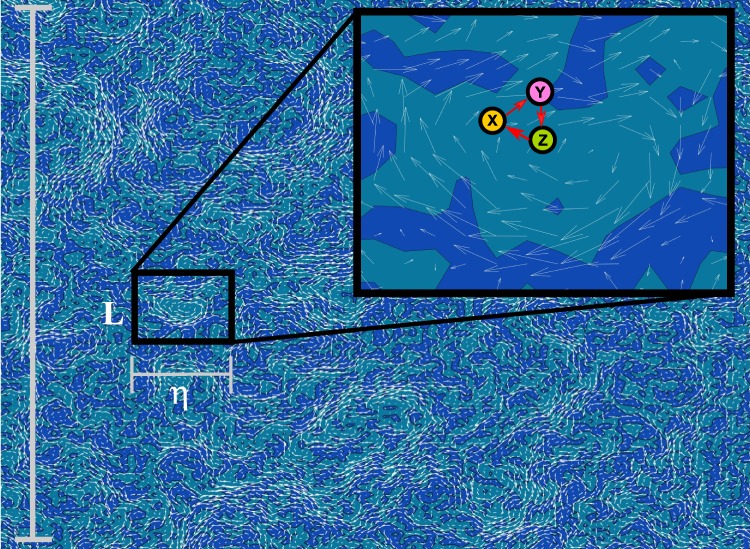Fig. 1. Compartmentalization appears naturally in fluid flows.

Segregation of particles into different regions can occur in two-dimensional flows for a variety of reasons. Here, we posit that coherent structures, which are a common spatiotemporal motif in turbulence, could provide long-lived safe havens for cooperators. Here we show an example of a two-dimensional fluid flow on a periodic domain, where coherent vortices have formed from random initial conditions (white arrows: velocity vectors, blue shade: local vorticity). The size of the whole domain is L, and the size of the smallest coherent spatial structures is the Kolmogorov lengthscale, η. White arrows show the velocity field, and colored shading shows vorticity contours. The inset indicates the local flow field near a large vortex, along with individuals from three different species (X, Y, Z) in a cooperative metabolism. Here we show a simple cooperative hypercycle, in which X catalyzes Y, Y catalyzes Z, and Z catalyzes X. While all particles die at the same rate d, birth rates increase under catalyzation, which occurs when a catalyzing particle is within a distance less than the interaction radius Rint of another particle.
